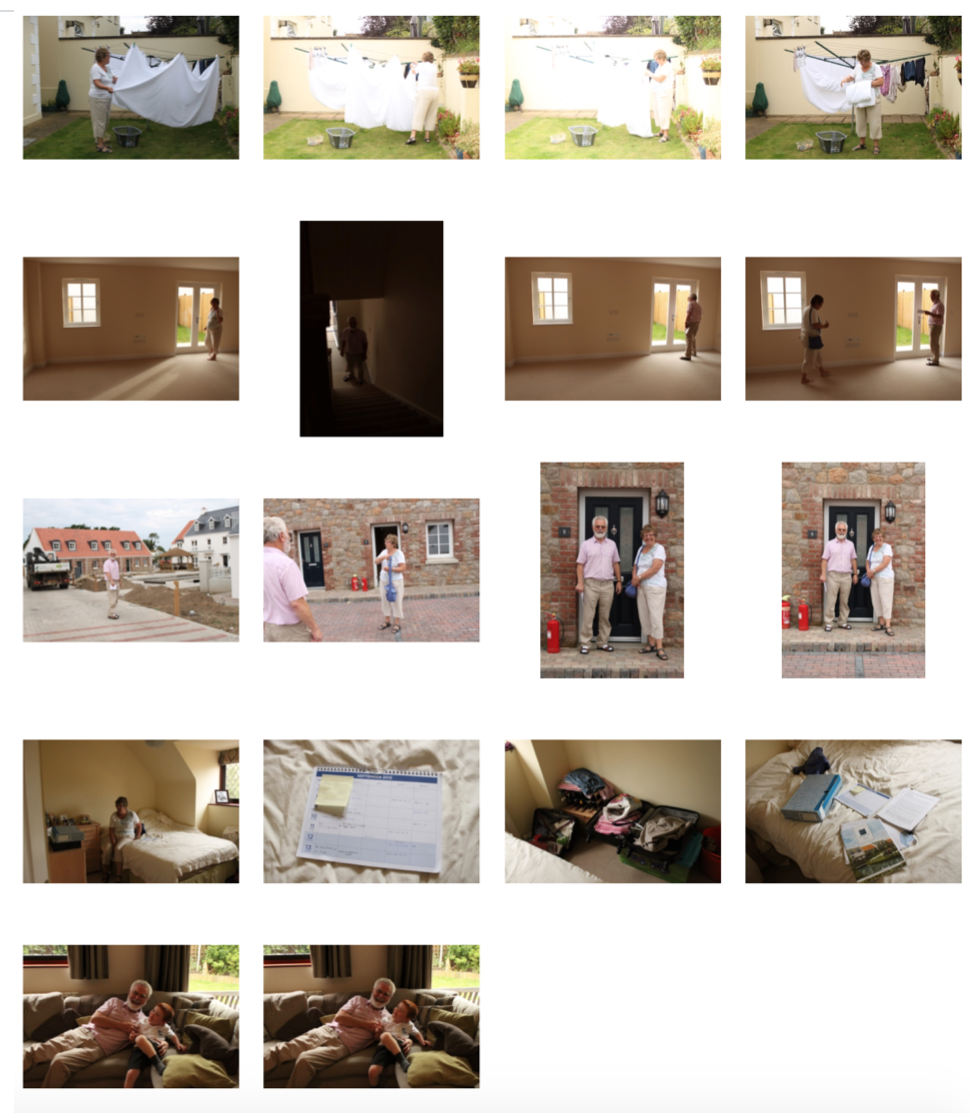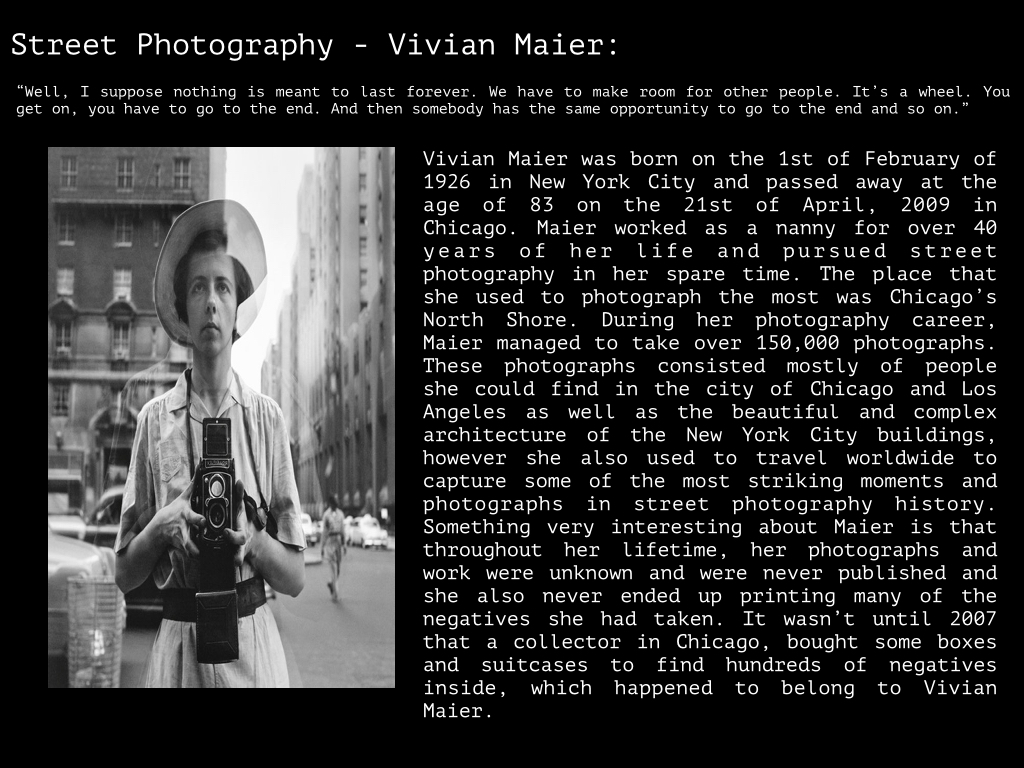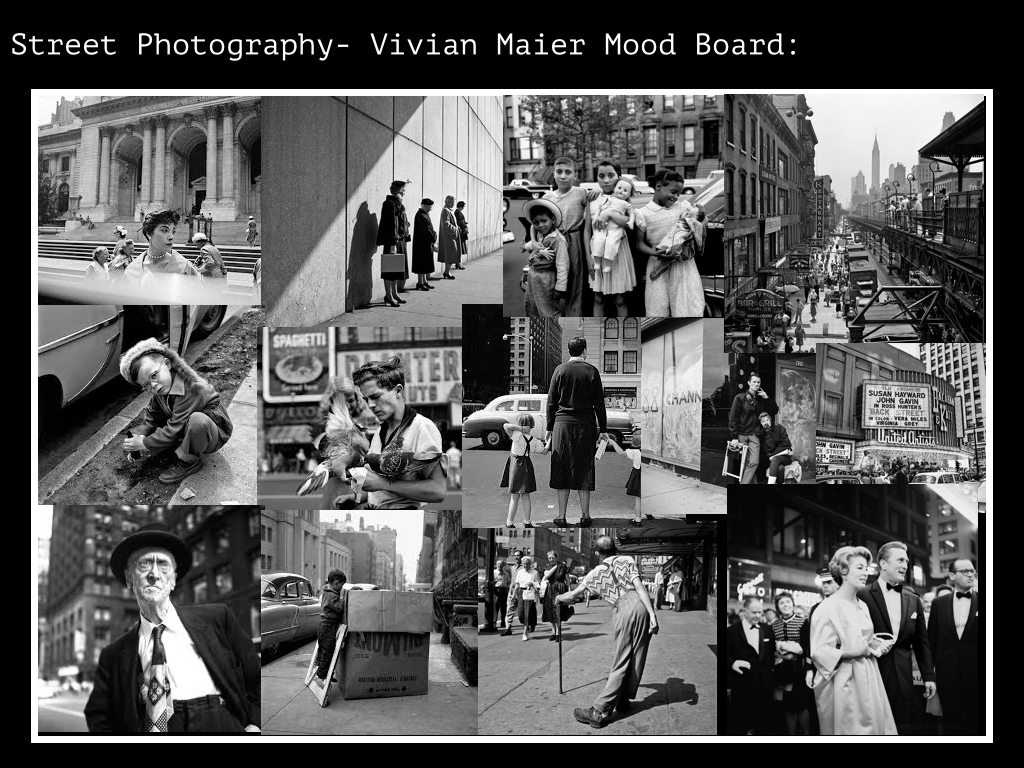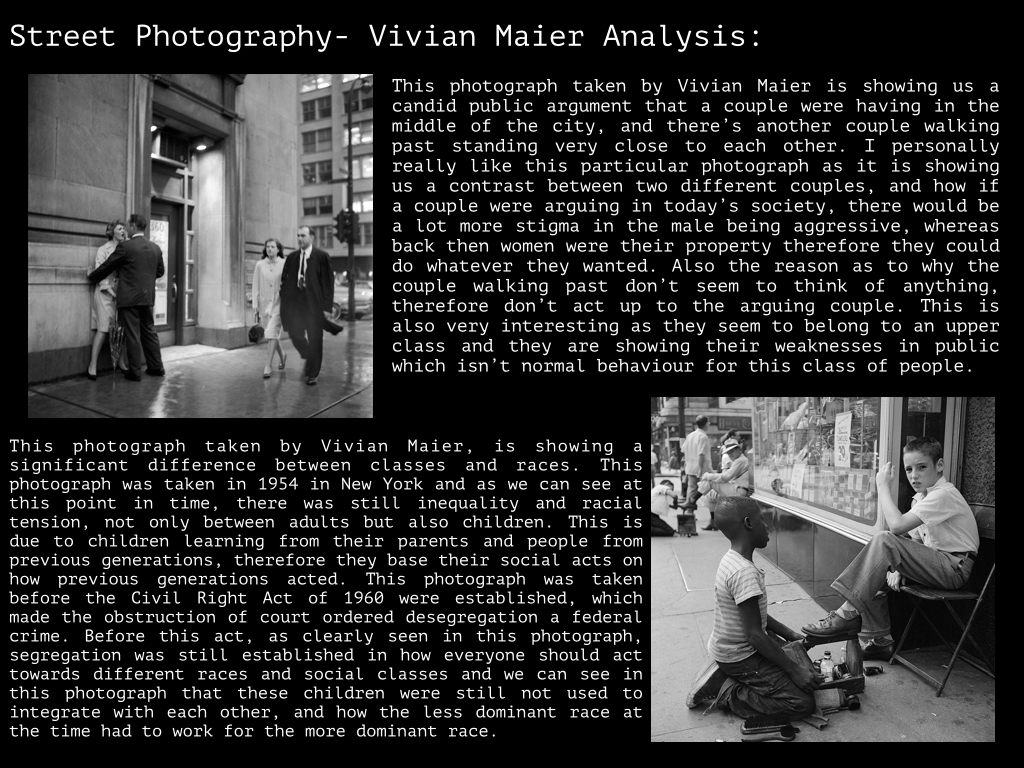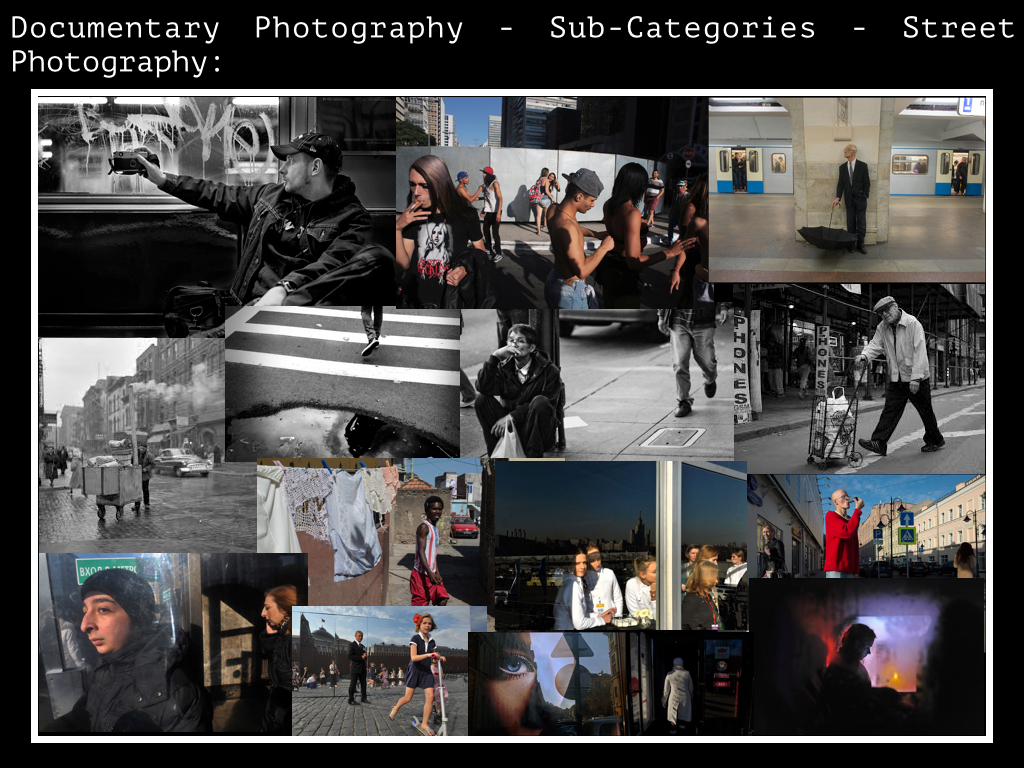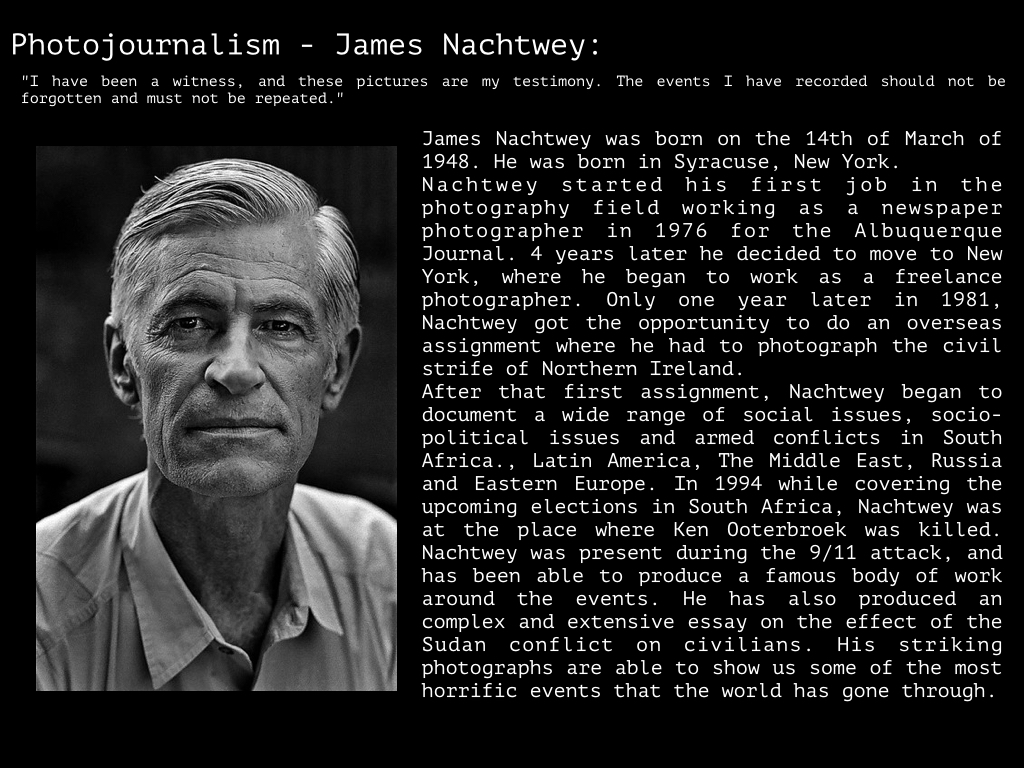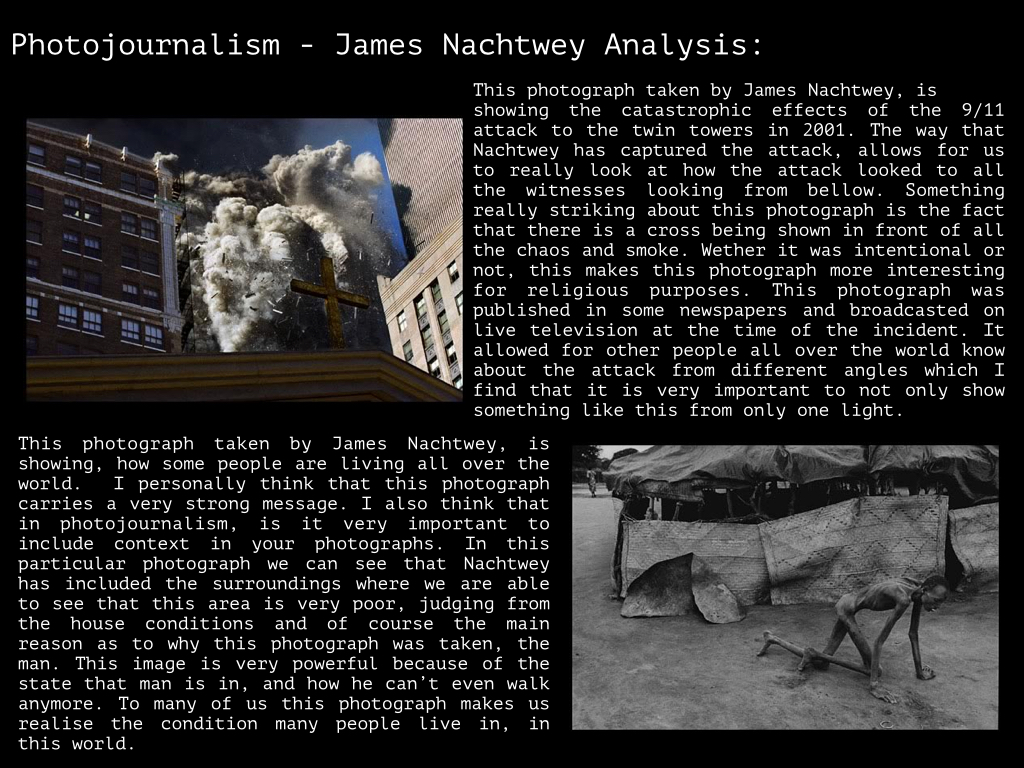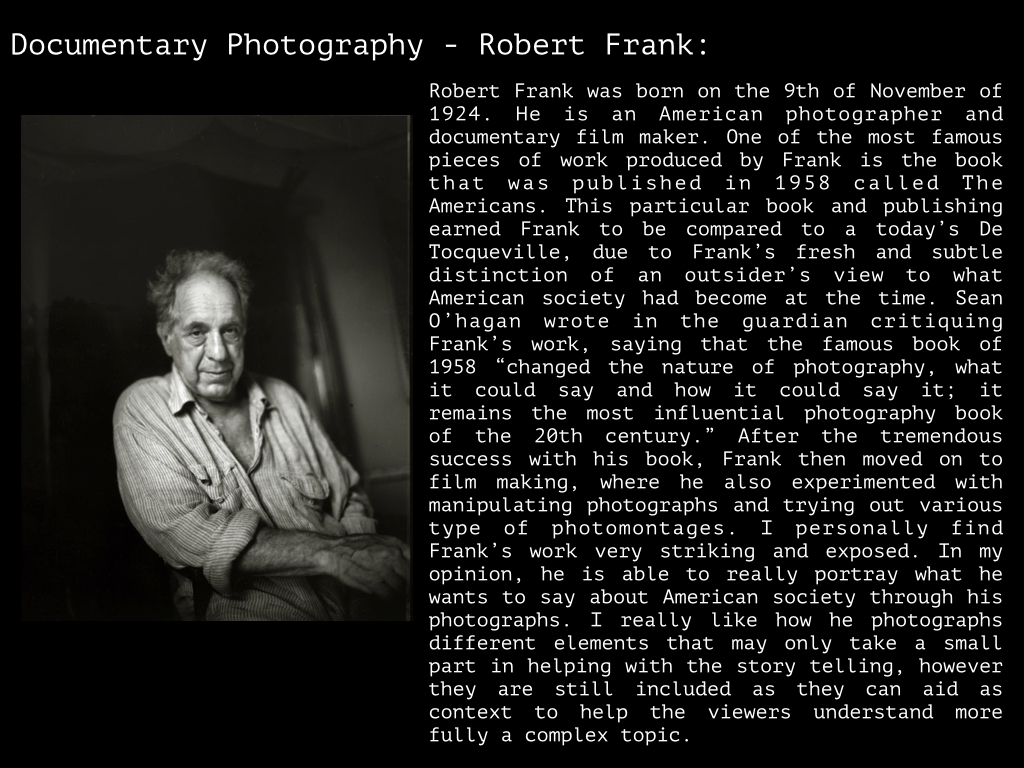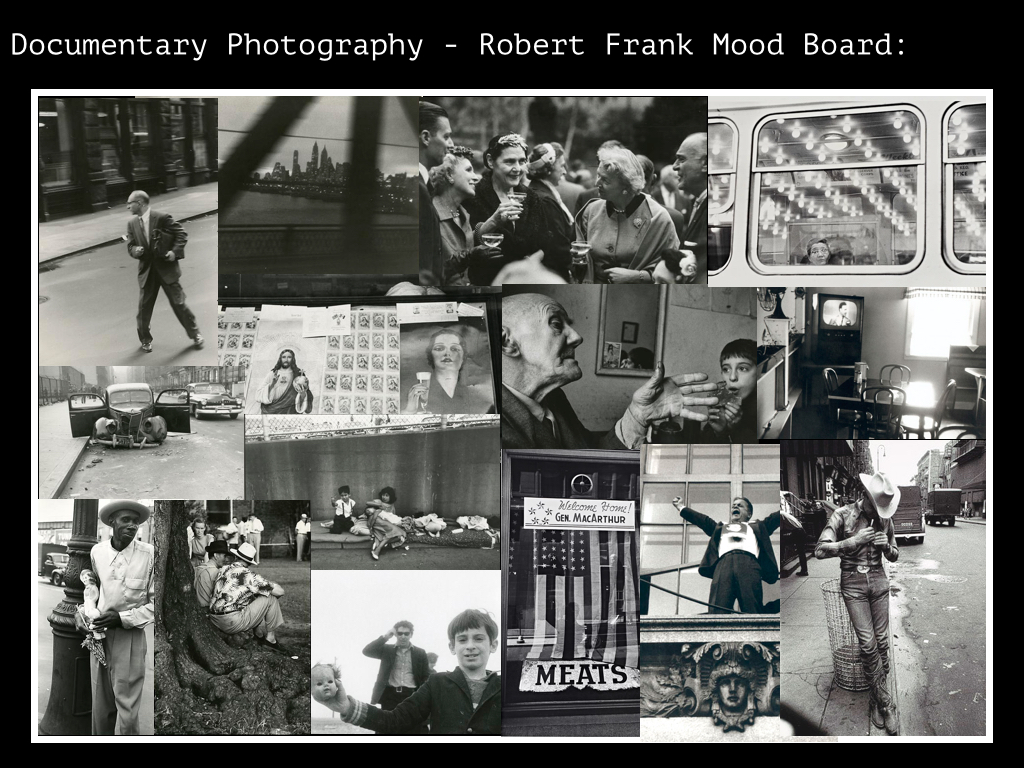
Nancy “Nan” Goldin is an American Documentary Photographer born in Washington D.C. in 1953. Goldin is a highly successful photographer, renowned for her exploration of extreme subject matters, counter-cultures and personal stories.
Born in Washington D.C in 1953 to middle-class Jewish Parents, Nan’s family moved to Boston, Massachusetts when she was very young. Goldin had a troubled upbringing, getting involved in alcohol and drug-taking from a very young age (these early experiences would shape her later work). Goldin left her home at the age of 13, where she joined a group of young people occupied with drugs, violence and sex. In the midst of her troubled lifestyle, Golding enrolled at ‘Steya Community School’, where at age 15, her school-friend introduced her to photography. Photography was a form of escape for Goldin, allowing her to express herself creatively. It gave her chaotic life a sense of direction and purpose. Goldin’s early artistic influences included visual artist Andy Warhol, surrealist film-maker Fedrico Fellini, and fashion photographers such as Guy Bourdin and Helmut Newton. These influences, along with her own experiences inspired Goldin to use photography as a way of exploring extreme counter-cultures such as sexuality, lifestyle, dependencies etc.
Early Beginnings
At the age of 18 Goldin became interested with sexual themes, interests and gender-identities that are consider counter-culture; homosexuality, bisexuality, cross-dressers and trans-sexual people. In particular Goldin studied and immersed herself into the world of “drag queens”. (men who cross-dress as woman for entertainment and enjoyment). This interest was explored in 1973 with a solo exhibition studying Boston’s gay and transsexual communities. Goldin gained a sense of admiration for these groups. After this initial exposure into the photographic world, Goldin studied at the Museum of Fine Arts, Boston University. Goldin continued to venture in the underground world of subcultures throughout the course of the 70s.
The Ballard of Sexual Dependency
After graduating from University, Goldin moved to New York City, and began to document the post-punk new-wave music scene. Between the course of 1979-1986 Goldin decided to embark on an ongoing photography project exploring her own perspective and struggles. This idea ventured away from Goldin’s previously objective ‘outsider’ style of photographing, and began to document from an ‘insider’ perspective of her own family and community. This project concluded in 1986 with Goldin’s highly successful publication ‘The Ballard of Sexual Dependency’, originally made as a slideshow presentation. The piece revealed with great honesty an insight in Goldin’s life and the relationship’s she shared with different people, including her abusive ex-boyfriend. Goldin herself described the piece as “the struggle in relationships between autonomy and intimacy”

A image from Goldin’s ‘Ballard of Sexual Dependency’
Nan Talking About ‘The Ballard of Sexual Dependencies’, her evaluation of the series, and an insight into her ideas and inspirations
Later Career
Nan continued to photograph the world of underground sub-subcultures. She ventured in the theme of morality and death, through a series of images called Family of Nan, 1990–92, in reference of Edward Steichen’s ‘Family of Man series in the 1950, documenting her friends’ AIDS-related deaths. She also began to travel outside of America, for example photographed Japanese youths while travelling in Asia, and in 1995 she published those images in the book Tokyo Love: Spring Fever 1994. In 1995 she also worked with the BBC for a documentary film entitled ‘I’ll Be Your Mirror’ , with film-maker Edmund Coulthard.
Golding has held exhibitions at the Whitney Museum of American Art in New York City (1996–97) and at the Centre Georges Pompidou in Paris (2001). She has been the received numerous awards for her photography, including the prestigious Hasselblad Award in 2007.
Link to Nan Goldin’s Documentary, ‘I’ll Be Your Mirror’














